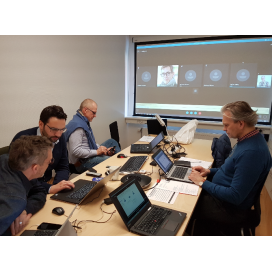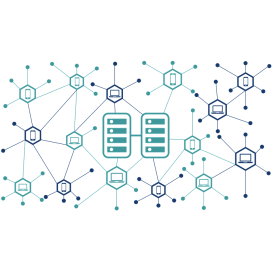Further video tutorials have been uploaded to the NIMBLE Project’s Youtube channel: in the latest clips we continue to guide users in the simple steps to follow to start benefitting from the platform’s functionalities.
In our most recent videos we explain to users how to Negotiate the terms of purchase from both the buyers and sellers’ perspective.
Once an agreement for the purchase of goods has been reached, it’s time for Ordering: follow the simple steps illustrated in the video and unlock the potential of the NIMBLE Project platform!
When you click on the picture, the video is played by Youtube (Google Ireland Limited), who is jointly responsible with us. Scripts will be loaded on your PC. Cookies are stored for up to 2 years and personal data is collected. With the help of cookies, Youtube is able to track the activities of people on the Internet and to play out advertising target-group oriented. Privacy policy of Youtube
When you click on the picture, the video is played by Youtube (Google Ireland Limited), who is jointly responsible with us. Scripts will be loaded on your PC. Cookies are stored for up to 2 years and personal data is collected. With the help of cookies, Youtube is able to track the activities of people on the Internet and to play out advertising target-group oriented. Privacy policy of Youtube



